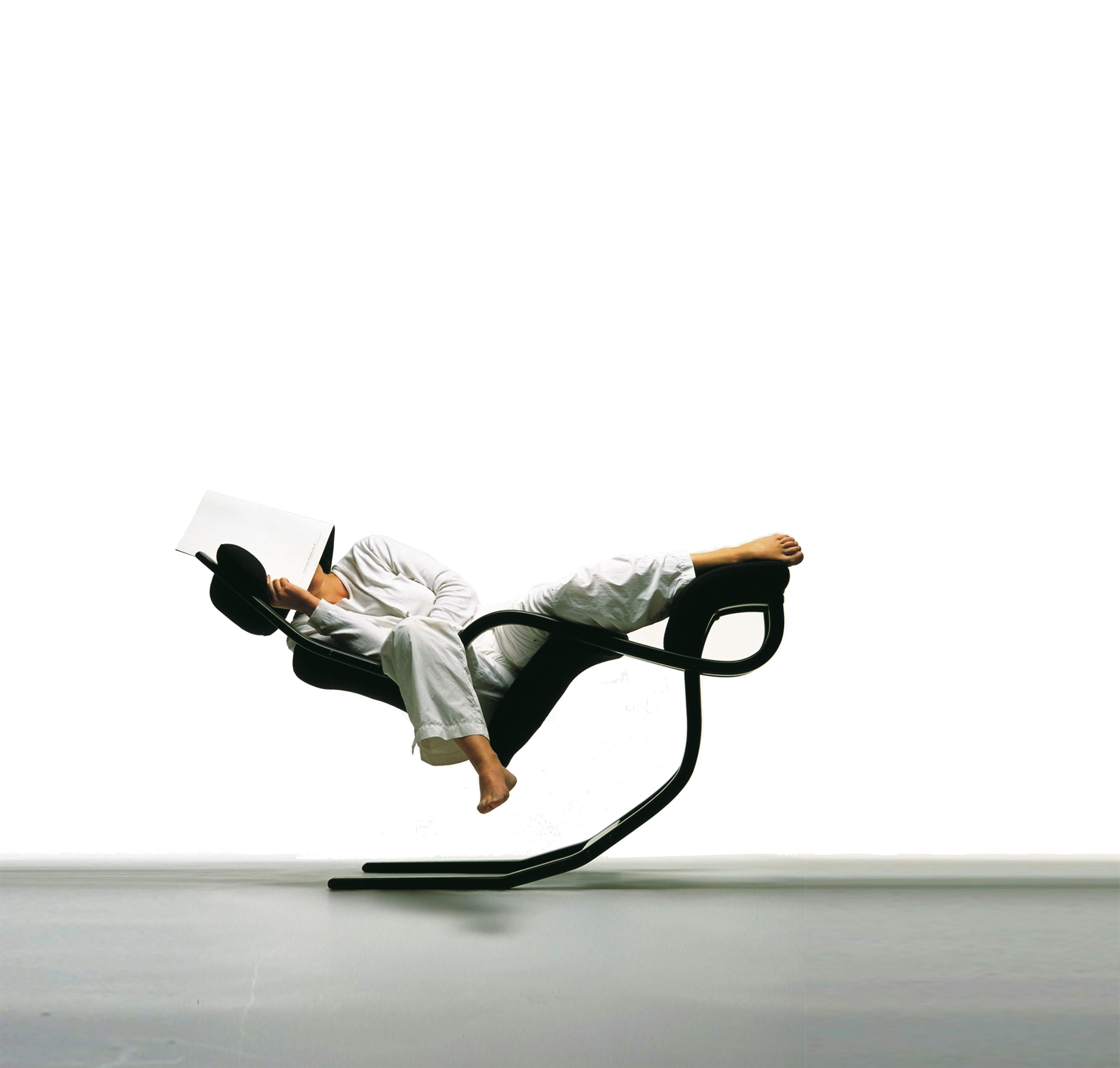Apart from cases in which a designer is commissioned to design a specific item, it is my experience that there are basically two starting points for developing a product:
1. A wish to express oneself through new forms and structural designs.
2. A wish to solve a problem.

Working method
For me personally, the most common working method has been to make note of a need and then develop a solution or a product that will meet this need. The actual creative moment occurs when I discover the need itself. Finding the solutions is often more of an analytical process.
New materials, new manufacturing techniques or new principles of construction may also provide the impetus to begin development of innovative products.

The act of observing
People who want to help shape human beings' material surroundings must be good at observing people's behaviour.
Observation in this context may be defined as the art of noticing how others (and oneself) use and interact with objects in our surroundings. Designers should question the usefulness of these objects and existing solutions.
Mentally on or in the chair
When I first start working on a chair or another device intended for long-term sitting, I place myself on it or in it mentally – as opposed to merely visualising it from the outside.
Obviously, starting out by sensing the object as opposed to seeing it can result in entirely different forms than the generally accepted ones.
The reverse is when the expression or the visual form is more important than the function.

Dream design
One of the most common constraints on product development is that people think too conventionally.
When we dream, these kinds of checks are switched off, and thoughts, ideas and experiences mingle freely without being overridden by restrictions or conventions.
Often when I wake up early in the morning, I find that I can tap this creative capacity that is released during dreaming. I lie in bed; half awake, and think through the difficulties that need to be resolved in the course of the day. Often, I go back to sleep and let my dreams work on this reality.
The result can be a burst of creativity that often results in imaginative and unexpected connections between stored experiences. Indeed, very often the idea for new solutions is born from this seemingly unstructured dream impulse.
Peter Opsvik´s thoughts about chairs and sitting
More about Peter Opsvik´s thoughts about sitting:
A historical view on sitting
Movement and variation
Tilting concepts
Favourite postures
Chairs growing with the child
Environmental values
Rethinking sitting – the book